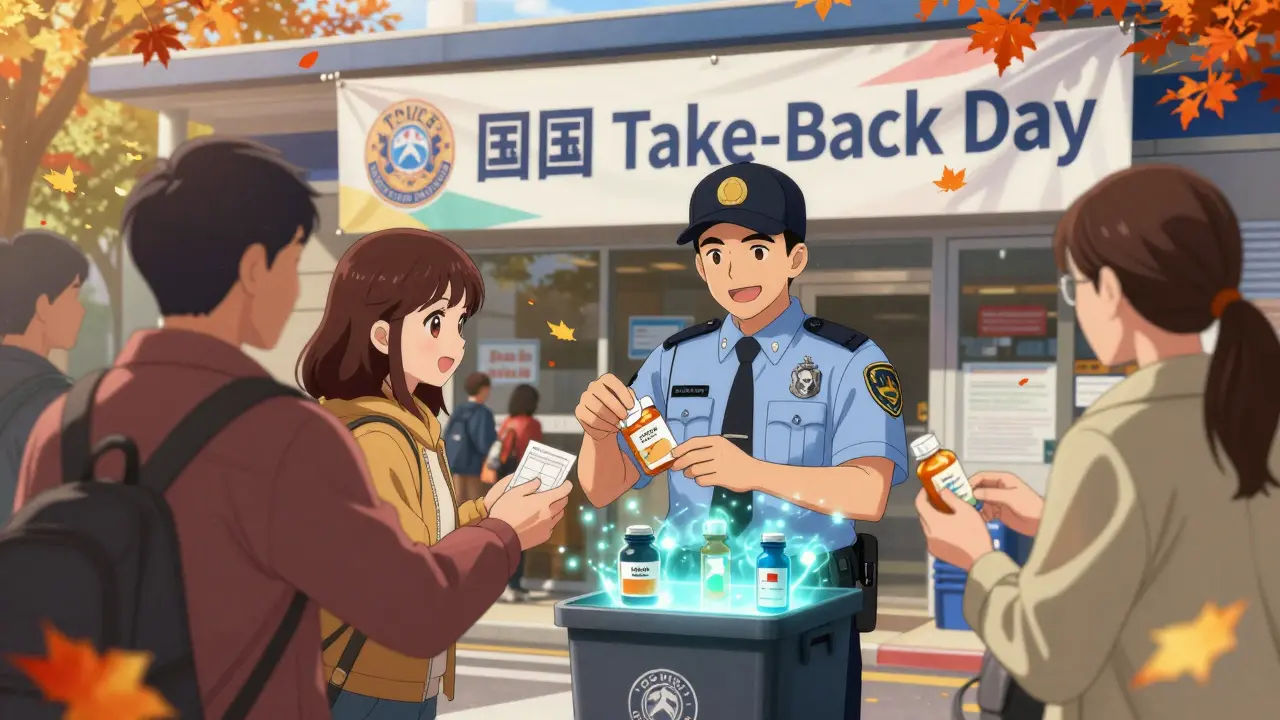Drinking Alcohol: What You Need to Know About Meds and Safety
Mixing alcohol with medicines can be harmless in some cases and dangerous in others. This page collects practical, no-nonsense advice so you can make safer choices right now. Below are clear signs to watch for, specific risky combinations, and simple steps you can take before you sip.
Why alcohol matters with medicine
Alcohol changes how drugs work. It can make sedatives and antihistamines far stronger, raise bleeding risk with blood thinners, and worsen liver stress when combined with certain pills. For some medications, even a small amount of alcohol can cause real harm; for others, occasional drinking is usually OK. The difference comes down to the drug type, dose, and your health.
Common risky pairs: metronidazole (Flagyl) plus alcohol can cause nausea, flushing, and rapid heartbeat — avoid alcohol during treatment and for 48 hours after. Disulfiram (Antabuse) causes a severe reaction if you drink at all while taking it. Antidepressants like bupropion (Wellbutrin) and some antipsychotics increase seizure or sedation risks when mixed with alcohol. Anticonvulsants and some blood pressure meds also interact badly. Steroids plus heavy drinking raise stomach ulcer and infection risk.
Quick safety checklist before you drink
1) Read the leaflet: The patient leaflet often lists alcohol warnings. If it says "avoid" or "dangerous," follow that. 2) Ask a pharmacist: They can run a fast interaction check and give plain advice. 3) Use a trusted online interaction checker (drugs databases from official health sites). 4) Think about timing: some drugs need a gap of hours or days after stopping before alcohol is safe. 5) Consider your own health: liver disease, pregnancy, or mental health meds change the rules.
What about social drinking while on short antibiotics or painkillers? For common painkillers like paracetamol (acetaminophen), avoid heavy drinking — both stress the liver. With NSAIDs (ibuprofen, naproxen), alcohol raises stomach-bleeding risk. For many short courses of antibiotics, moderate alcohol won’t blunt effectiveness, but check the specific drug first.
If you’re cutting back on alcohol or dealing with dependence, there are medication options beyond Antabuse — like naltrexone or acamprosate — and lifestyle approaches that help. Our site covers alternatives and support strategies if you want options that fit your life. Want one simple rule? When in doubt, ask a pharmacist and err on the side of caution.
Finally, be honest with your healthcare team. Tell them how much you drink and any supplements you use. That makes advice real and safe for you. If you see symptoms like severe dizziness, fainting, vomiting, breathing trouble, or chest pain after mixing alcohol and a drug, get emergency help.
Explore related articles on this site for detailed guides about specific meds and alcohol interactions, safe online pharmacies, and treatment options for alcohol dependence. Read smart, stay safe, and ask questions when things are unclear.
Safe Socializing and Alcohol Tips for Spironolactone Users
Want to grab a drink while on spironolactone? Learn practical, real-world tips for balancing your social life with your treatment—without risking your health.






